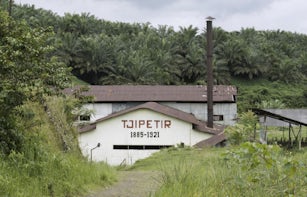Chronicle of a Visit to the Museo Comunitario del Valle de Xico, Or: Cultural Solidarity in the Globalised Neoliberal Age

Irmgard Emmelhainz sees the Museo Comunitario de Xico’s paradigm of care, reciprocity and communality as a model for life at the margins of capitalist markets and neoliberal states. In his 1993 novella, La leyenda de los soles (The Legend of the Suns), Homero Aridjis paints a sunken, deforested Mexico City: dead vegetation, a destroyed volcano-scape, trash everywhere. He describes a city scourged by crime, corruption and pollution, a ‘boundless and foreign world’ that underwent ‘gradual loss of soil, air and water … the loss of its own self’. The environment imagined by Aridjis for Mexico City in 2027 is dysfunctional and violent, the dictatorship exacerbated by indescribable forms of control and violence. In the background of Aridjis’s apocalyptic vision of a ruined earth – akin to that of the Hollywood film Elysium (2013) – are the neoliberal reforms promised in the 1990s: the road of prosperity for all, the answer to the 70s and 80s problems of the corruption of public service, of bureaucracy and the dysfunctional state.



